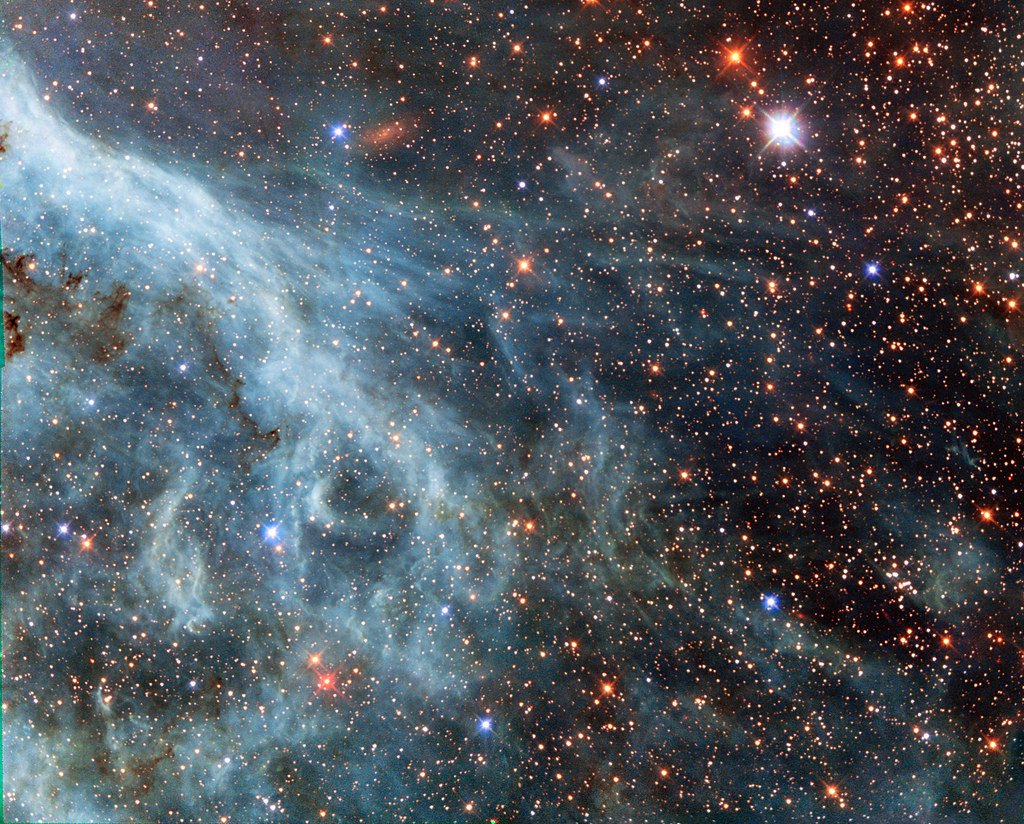- Scientists have discovered the most distant star unintentionally.
- Its official name is the Lensed Star 1, and Icarus, informally.
Nature Astronomy journal has published a paper that reveals a new discovery of the universe. Astronomers have just discovered a newfound star in a spiral galaxy that is halfway across the universe, as reported by NBC News. It is apparently the most distant star as of yet.
While the official name of this star is MACS J1149+2223 Lensed Star 1, abbreviated as LS1, the leading scientist of these findings and his team have come up with a nickname for it. They are now calling it Icarus, like the character in Greek mythology who constructed his own wings from feathers and wax. Icarus then met his downfall when he flew too close to the sun.
Dr. Patrick Kelly is the head of the team of scientists who discovered Icarus. He is an astrophysicist at the University of Minnesota. In an electronic mail sent to NBC News MACH, he revealed that the discovery was rather unintentional.
“We were using the Hubble Space Telescope to take observations of the first supernova that appeared multiple times on the sky. The discovery of the lensed star was completely serendipitous — we weren’t looking for it.”
Here is what’s surprising: Icarus the blue star actually shines brighter than the sun. However, because of its remote distance, the naked eye fails to see it as it is. Yet again, the scientists have conveyed that even the world’s largest telescopes will not be able to see the extent of the star’s brilliance.
Scientists have studied the universe intensively and have even observed galaxies that were as far as thirteen billion light-years away. However, at a mere nine billion light-years from Earth, Icarus has been found to be the furthest one yet. It is more than a hundred times further off than the individual star that was previously deemed farthest. The only way the group of astronomers could have seen it was by utilizing the gravity from other galaxies that exist in between the star and Earth as kind of a magnifying glass in order to intensify the star’s light rays. This method is known as “gravitational lensing”, which NBC refers to as “a trick of nature”.
Three years ago, Nature journal had published a paper that revealed the discovery of some of the most ancient stars that exist in the universe. The lead author of the paper was Dr. Louise Howes. She is a postdoctoral researcher at Sweden’s Lund University. Howes has recently remarked on the discovery of Icarus.
Dr. Howes has used the term “remarkable” in the mention of the blue star. Also, she informs that LS1, or rather, stars like LS1, usually shines bright but also deplete quickly. In another email to NBC News MACH, she explains the importance of such discovery and the part they play in our understanding of the world around us.
“Finding distant stars like LS1 is our only way of looking at the history of the most massive stars. So, this discovery is a big step towards looking at a much wider range of stars in the history of the universe. I’m excited about what this means for the future — if we can discover more stars like this… perhaps even further away, then we can start to compare these stars to massive stars in the Milky Way.”
Indeed, she is right. In fact, any discovery towards the galaxy and our universe is a big breakthrough for us. This is the path to actual knowledge of our origin as homo sapiens. Learning about the universe can really put things into perspectives, as we see that regardless of the ongoing in the world, we are really just as trivial as how we perceive an ant to be. In addition, what is out there could very well be the solution to our future as a planet.
Featured image via flickr/ NASA Goddard Space Flight Center
























































Comment Template